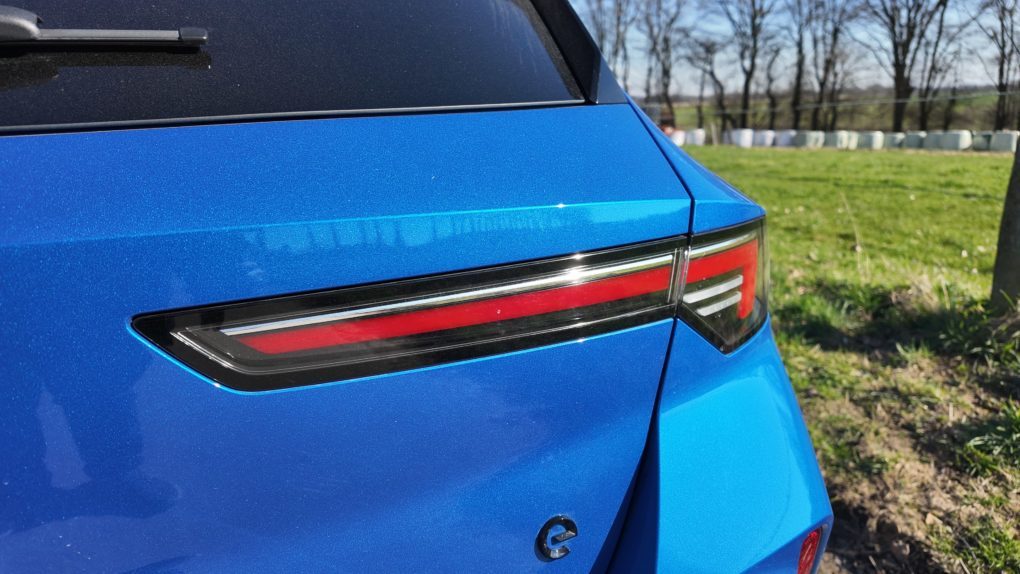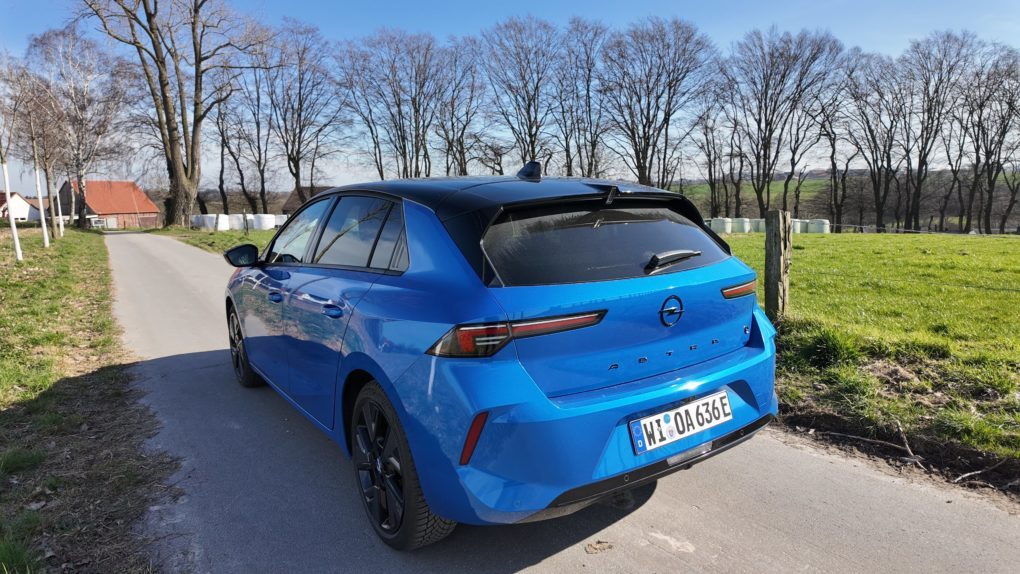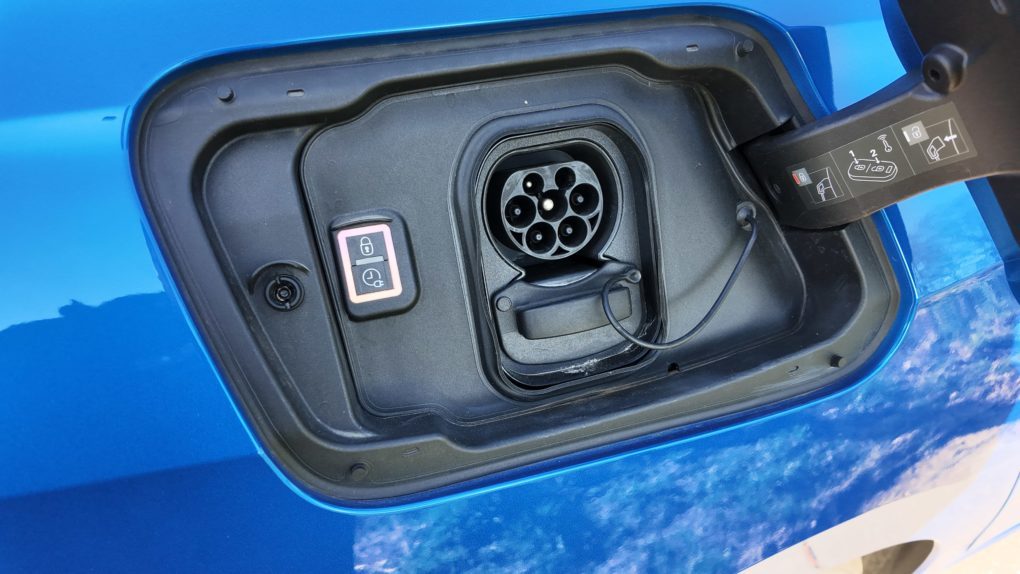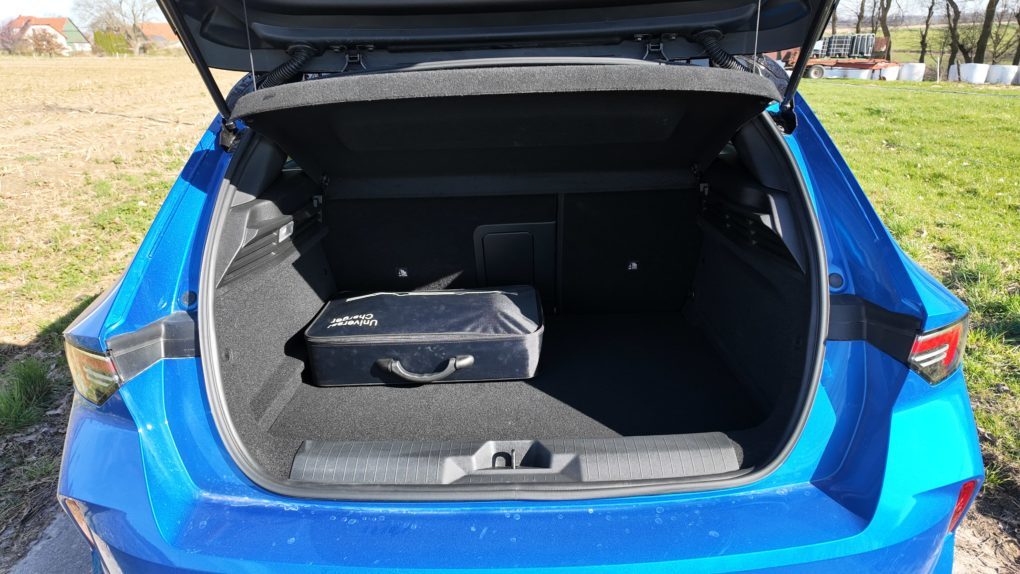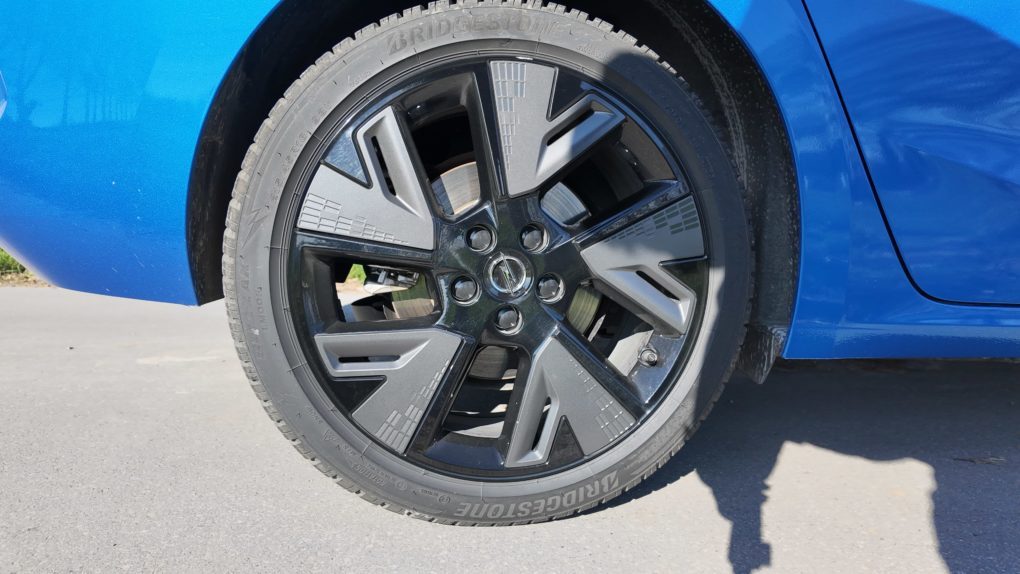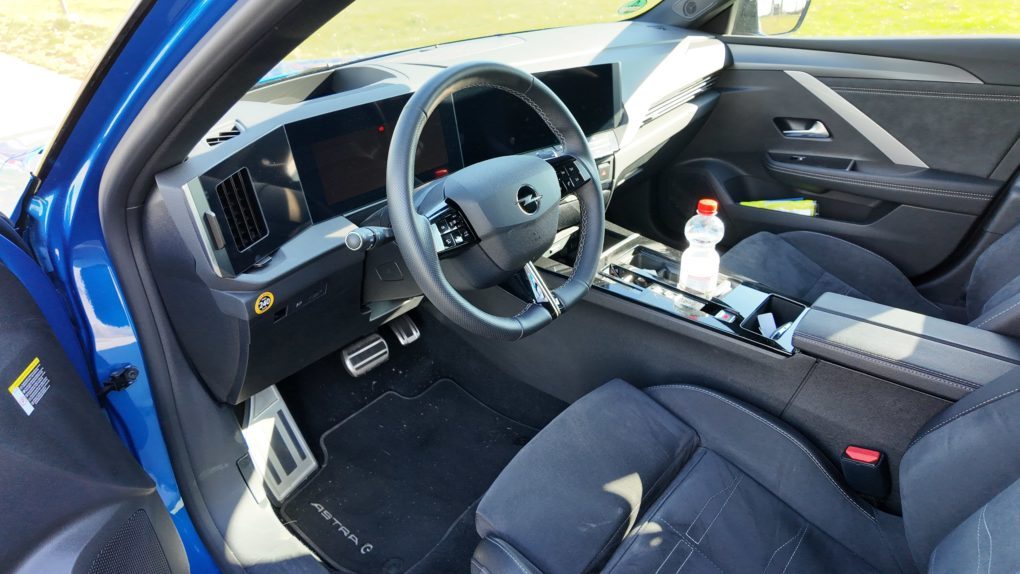Opel Astra Electric GS review: efficiency miracle or overpriced?
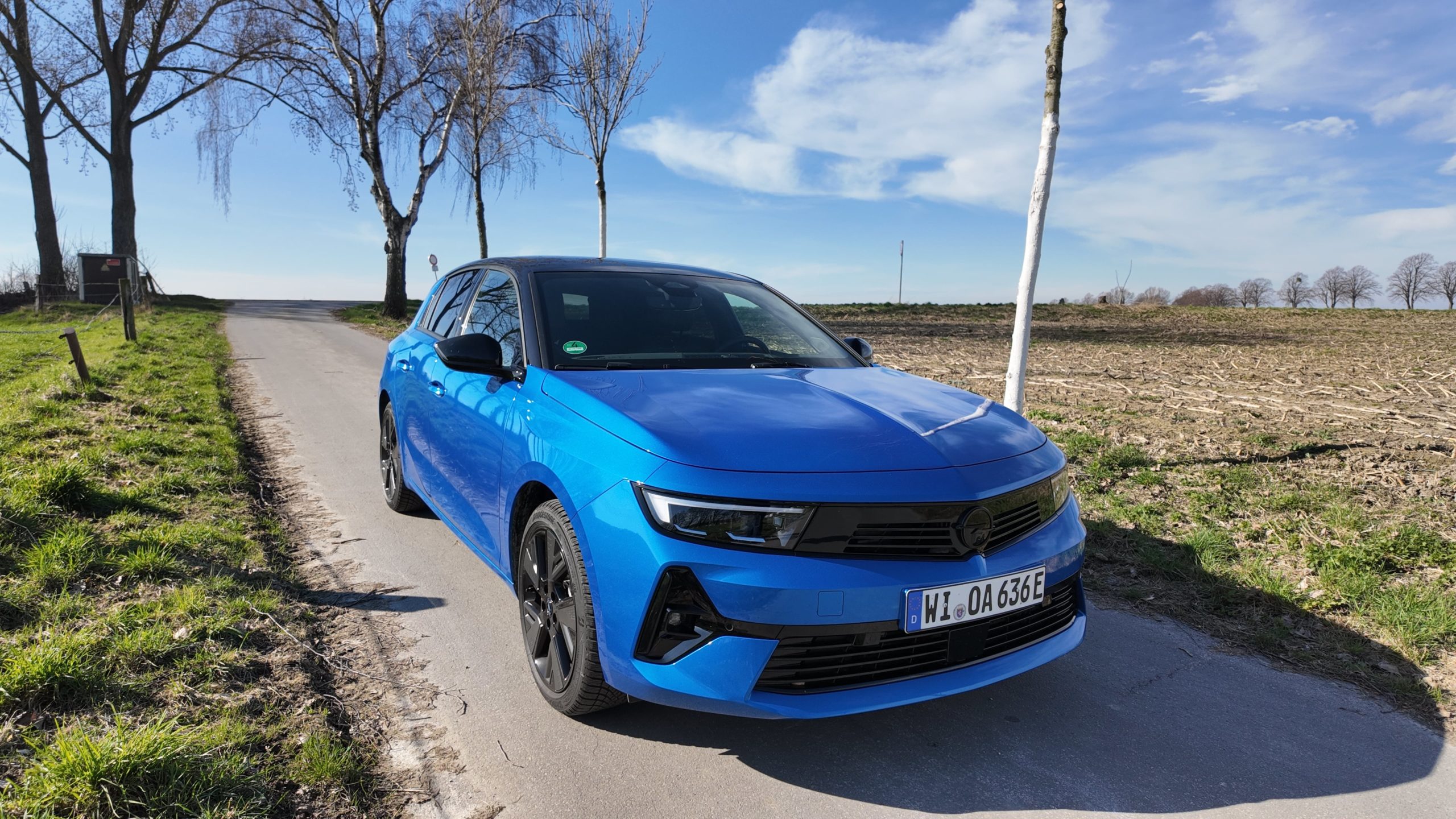
The Opel Astra has been one of the typical models you see on the road for several years now. Like the Golf at VW, the Astra is finally getting a fully electric version. You can find out from us how it performs in everyday life and whether the high price is justified.
Of course, one should not forget that Opel has been part of the French Stellantis Group (then still PSA) for some time. Therefore, we rely on the know-how and the platform that we already know from the Peugeot 208-e or Citroën C4.
Jump to section
tl;dr: A good Astra, at a high price.
Let's first get to the technical data Opel Astra Electric. We tested the more expensive “GS version”, which means as much as 156 hp instead of 136 hp, and the newer, more efficient electric motor. A few equipment options, such as a black roof, are already standard on the GS. All Opel Astra of the new generation come with the “cardio red” metallic paint as standard. For example, the Alcantara applications in the interior and on the seats are still subject to a surcharge. The seats in the new Astra always come with a cooperation from the “Healthy Back Campaign” (AGR for short). Then you can also book assistance systems such as the new “IntelliDrive 2.0”, and even matrix LED headlights and an opening sunroof, which is quite rare in the electric sector in this class.
In the end, the Astra Electric simply came onto the market too late; the rather small 54 kWh battery (usable 51 kWh) is out of place these days in the price range of over 50.000 euros (test car price 52.000 euros including 19% VAT). Realistically, despite the relatively low urban-rural consumption of 15 to 16 kWh / 100 km, you can “only” travel 320 km. One could have expected a realistic 400 km at this price.
Nevertheless, it's really very pleasant to drive, the chassis works nice and smoothly and doesn't take on every bump in the ground. The range is not that ProThe problem with the electric Astra is rather the charging speed, which is a maximum of 100 kW and on average it charges at around 60 kW. You could definitely have gotten more out of it, after all, 11 kW three-phase is now standard; with the Opel Corsa Electric you still had to order it.
Test report as video
Design: Typically Opel? Or rather Peugeot?
Not quite, the new Opel brand face of the “Visor” extends from the Corsa to the combo transporter. This is intended to create recognition value for the brand from Rüsselsheim. From our point of view, it's very successful, especially in combination with bright paintwork like the blue of our test car. The Opel Astra Electric is no exception, we find the color “retro yellow” very appropriate as a homage to the old Opel Manta.
- Picture: TechnikNews
- Picture: TechnikNews
The rear of the new Astra looks sportier and, in our opinion, more beautiful than that of the previous models. It goes well with the rest ProProduct range from Opel, unfortunately the indicators are a bit small here, we would have liked dynamic lights at this point. After all, the optional Matrix LED headlights are among the best we have tested so far, and the Rüsselsheim-based company scores a lot of points.
Infotainment: finally good?
The fact that the infotainment in the Opel Corsa Electric was not the best is likely to be known, not least to the drivers of this electric car. Not only was wireless Android Auto or CarPlay not possible, but the remaining functions also looked quite old-fashioned. That has now changed for the better, we are getting the new Stellantis system, which is based on an Android version. That's why we're finally getting stable wireless Android Auto and CarPlay connectivity.
The system as such runs quite quickly, as you would expect from a modern infotainment system, and even offers games. But that was pretty much it, there is no YouTube app or other streaming providers. The electric car functions are limited, you can see your consumption in nice statistics or set up planned charging. Unfortunately, you won't be able to find a SoC to specify where charging should take place. That's just part of it these days and would certainly have been easy to implement.
The same applies to charging route planning in the Opel Astra Electric; this is available to a certain extent, but you still have to look for charging stations along the route. The system doesn't plan anything automatically, but it knows whether you reach your destination or need to make a stopover. However, this still urgently needs to be improved.
Driving behavior: Solid, with good cornering properties.
We were particularly impressed with the driving behavior of the new Astra Electric. It drives really well on all the roads on our test routes, it absorbs potholes well and bounces back relatively softly. At first glance very similar, if not better than that of the VW ID.3. Even in somewhat sharp corners, it feels firm but still light on the road, and you never have the feeling of having no control over the car. The steering is very light, as you would expect from the French counterpart from Peugeot.
Assistance systems: lane change, steering assistant and rear collision warning.
Here you are up to date with the state of things at Opel, at least if you equip it so far. Everything is included in the new Astra Electric, from automatic lane changing on the motorway to a very useful steering assistant or a parking emergency braking assistant in cross traffic. Except for an autonomous parking assistant, which is missing from many Stellantis vehicles.
Charging & range: good all-rounder, but why Opel?
Let's get straight to the facts, we should have a real range of 320 km for the Astra Electric in the summer. With a typical consumption of 15 to 16 kWh / 100 km in everyday use. That's more than enough for most drivers. Even the “only” 156 hp power is easy to get along with. The only thing that's really annoying here is the price mentioned above. The charging power, or rather the charging curve, is quite meager at a maximum of 100 kW and an average of around 50-60 kW. There is also no manual or automatic preconditioning of the battery so that this charging performance can always be used.
If you want to rely on a traditional manufacturer from Germany, you can't go wrong with the Opel Astra Electric when it comes to electromobility, but the bitter disadvantages should still be mentioned and should also be taken into account critically when choosing a vehicle. Alternatively, in our opinion, you should move towards Smart # 1 or Smart #3, you definitely get more for less money there.

